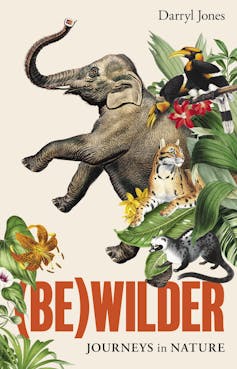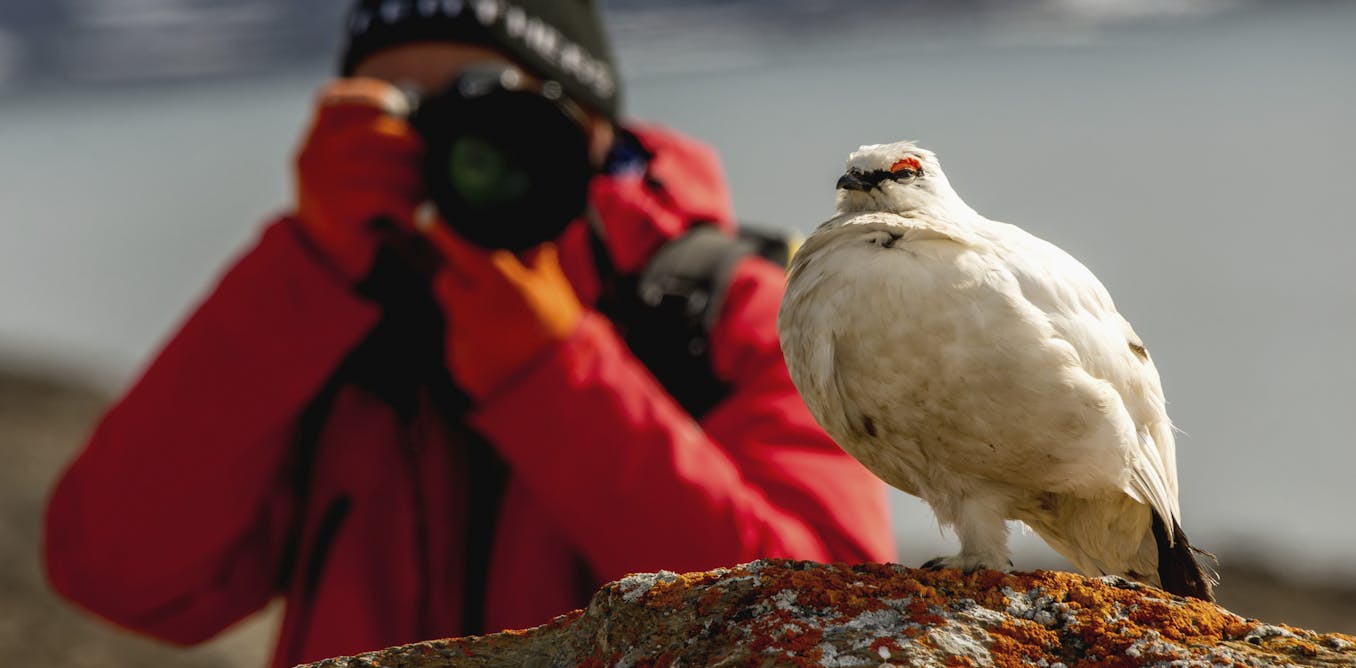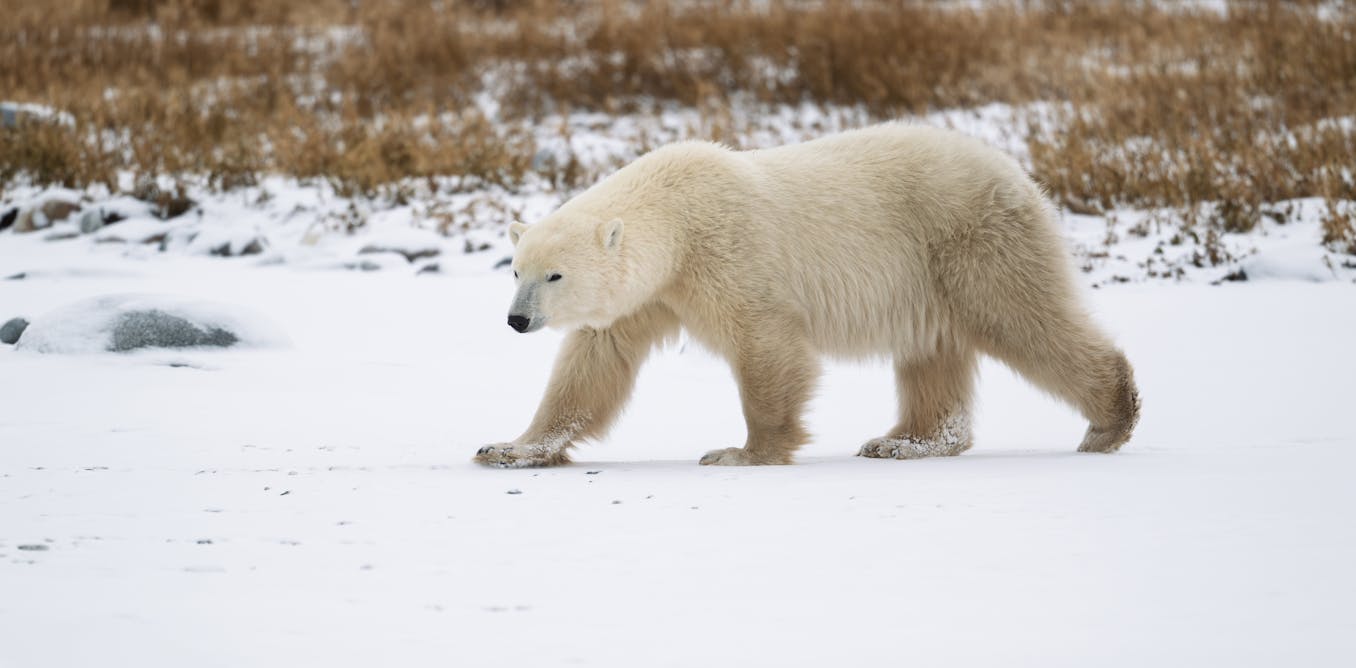The lights in the auditorium darken. The cacophony of voices subsides. The enormous screen comes to life, displaying a satellite image of Australia and the scattering of islands directly to the north. The contrast between the dry, orangey red of most of Australia and the deep green of Papua New Guinea is stark.
Chris Wood is on stage, speaking to a room full of researchers, students, professional ornithologists and hardcore bird fanatics from around the world.
We are in Brisbane for the biannual Australasian Ornithological Congress. Some of the biggest names in bird science and conservation have turned up to this session, eager to hear about the latest developments in eBird, the flagship program of the Cornell Lab of Ornithology, located in Ithaca, New York state.
Everyone uses eBird. Wood is the program’s manager. He told me his title sounds too formal for the amount of fun he has.
I’m almost certain that none of us expects what happens next.
“Pretty smart audience here today,” Wood notes cheekily.
More PhDs per row than your average crowd. Plenty of mega-twitchers with shockingly long life lists I’d suspect. Academics with H-scores in the stratosphere. All in all, a pretty sharp audience, we’d all agree?
A life-list is the cumulative number of species seen by a birder in their lifetime. An H-score is an academic metric that combines the number of scientific publications with the status of the journal and the number of times the papers have been cited. There is nervous laughter in the crowd at the mention of these things, the dimly lit room hiding our apprehensive expressions. Where exactly is he going with this?
Set your egos to the side for a moment and watch the screen. I’ve picked a bird familiar to many of you – the eastern koel – to illustrate my point. This species is here in Brisbane right now. I’m sure some of you have heard their persistent, if not exasperating, calls of ‘ooo-OOOOO’. There are plenty of records for this species on eBird. Let’s see what happens when we roll progressively through all of the location records for a whole year.
Each individual koel record is shown as a single blue dot, but at the scale of a continent, there are so many that it looks like a steadily moving wave. From June to August – winter in the southern hemisphere – the huge island of Papua New Guinea is mottled blue almost everywhere; these are koels hanging out in the tropical rainforest during the non-breeding season.
At that time of the year, there are none in Australia. The entire continent is blank.
As the animation moves into late August, a dramatic change occurs. A wave of blue suddenly forms and moves south and begins to trickle, then flood, into Australia. Starting at Cape York, the closest point to Papua New Guinea, the wave of blue flows steadily all the way down the east coast as far as Victoria.
By the end of January, the transfer is complete: not a single koel remains in PNG, while about half of Australia is now red, indicating that they were breeding when the record was made.
It’s a spectacular presentation. And it isn’t simply an artist’s impression of the bird’s movements. Although the colours are an artefact, what is displayed are actual locations where the birds were seen: 86,149 times ordinary birdwatchers made the observation and sent it to eBird.
That’s a decent tally for a bird notoriously difficult to see and that lives half the time in extremely remote locations. Of course, most of these records will have been identified by call only. But there’s no mistaking this species.
“You know what I find astonishing about this data?” Wood continues. “It’s that the so-called experts, the professional researchers and consultants and full-time birders, people like us, provided a trivial proportion of all this data. What is genuinely exciting is that almost all of it was submitted by ordinary birders dedicating their time to recording birds wherever they are and submitting them. People like this.”
The map vanishes and a video starts. It’s a TikTok “story”, so we are told. Many of us would not know TikTok from Instagram. But the people on the screen certainly do!
A rapidly changing gallery of young people appears. Moving to the beat of the soundtrack, they talk enthusiastically about bird identification. With staccato editing and pulsating music, kids as young as ten rave about the Merlin app, how to use it and what makes it so cool. (Merlin allows anyone to identify any bird around the world on their phone by using guide-book-type identifying features as well as the species calls.)
These are kids! Rapping about bird ID! And giving advice on how to get your ID right! It is a stark example of how much the image of birding has changed.
“These people should be our target audience,” says Wood. “Not copies of us, pale and stale. We need to be engaging everyone to enjoy their birds. And if we do it properly, they may start to embrace nature. It might be the most important thing we can do.”
Peter Titmus/Education Images/Universal Images Group via Getty Images
New information
The Cornell Lab of Ornithology has been one of the most influential organisations in the world when it comes to encouraging people to engage in natural history projects. While some form of amateur involvement in science projects has been around since 1900, when the Audubon Society organised the first Christmas Bird Count, it was the Cornell Lab that formalised citizen science as a sound and reliable means of collecting data on birds.
It didn’t take much thought to realise that one of the richest sources of information about birds resided in the notebooks virtually every birder has kept, often from childhood. It’s a given that birdwatchers list everything. The problem is that zillions of such notebooks sit forgotten in drawers or in dusty boxes in the attic.
If only all of that information could be gathered together, organised in sensible ways and then made available to anyone who wanted to use it. What a resource that would be!
After lots of trials and discussion, a small team at the Lab came up with the idea of eBird. It started in a humble way back in 2002, as simply somewhere birders could store their records in a central location.
Today, “humble” is no longer an appropriate description. In 2022, its 20th anniversary year, a total of more than 1.3 billion records had been received from more than 820,000 participants. In the month of August this year, reports eBird, 123,000 birders submitted 1.6 million lists of sightings. It has now hit a total of 2 billion bird observations since inception.
The amount of information now available on species from all over the world is almost impossible to comprehend. A range of studies based on this data have already been undertaken. There is almost no end to the questions that can be asked. Undoubtedly, detailed investigations are going to transform many ideas we currently have about birds.

New South Publishing
Already, hundreds of studies using this information have been published (and listed on the eBird website under “Science”), providing details on bird behaviour and movements – for example, the surprising movement of birds into the massive new cities in China, where parks are established before the people move in.
On the other hand, the data is showing in sobering detail how the abundance of many species is changing, almost always downwards.
As the animations of the koel migrations revealed, the level of detail now available is extraordinary. And yes, fancy technology has enabled stunning visual presentations, while supercomputers search for patterns and anomalies.
But it’s important to remember all this is only possible because untrained, ordinary folks from literally every country in the world have been willing to sign up and send in their sightings. eBird is now by far the biggest citizen science project ever undertaken.
But you have to ask: why? Why are so many people enthusiastically participating in something most are unlikely to use themselves? Although the eBird database is available, for free, to anyone with a legitimate reason to use it, it’s mainly academics, researchers, professional ornithologists, environmental scientists and consultants who do so.
Not so Dawn Muir, who just visited “her” patch, a small wetland she visits early every Thursday morning, after consulting eBird.
If I’m lucky, I’ll finish my rounds just before Book Club. If I’m late, it’s because I’ve seen something unusual. I always tell the girls the highlights, even though they mock me. But Clare, our youngest member, asked last week whether she could come and see what it’s all about. You never know what might happen!
This is an edited extract from (Be) Wilder: Journeys in Nature, NewSouth Publishing.

The post “The remarkable rise of eBird – the world’s biggest citizen science project” by Darryl Jones, Deputy Director of Environmental Futures Research Institute, Griffith University was published on 10/07/2025 by theconversation.com





































Leave a Reply